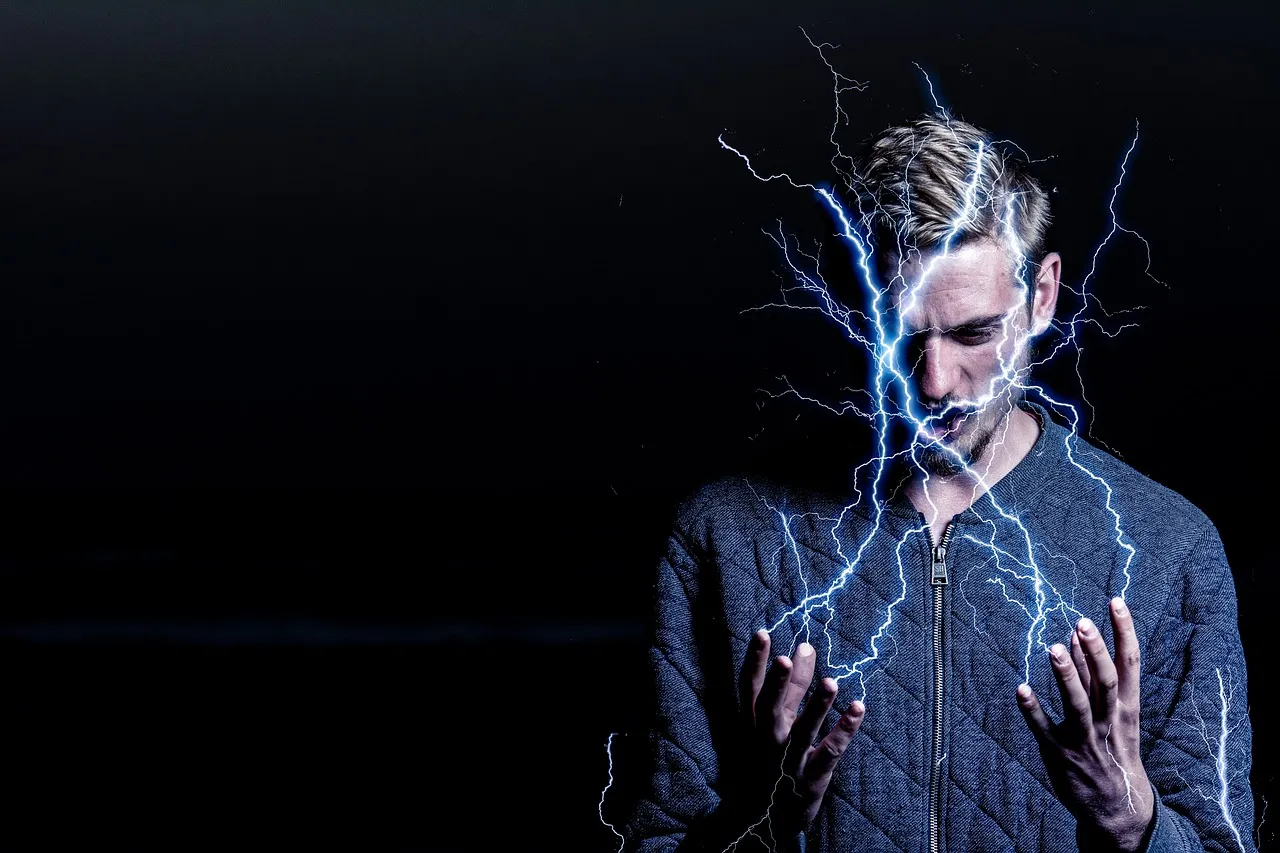Ronald Stein
Ronald Stein is an engineer, senior policy advisor on energy literacy for CFACT and co-author of the Pulitzer Prize nominated book Clean Energy Exploitations.
One of the best-known quotes was “where’s the beef?“ from Clara Peller, who was a manicurist and American character actress who, at the age of 81, starred in the 1984 advertising campaign for the Wendy’s fast food restaurant chain.
Today, the huge dark cloud over EV projected sales is the availability of electricity to charge batteries, which leads us to the quote for the foreseeable future, Where’s the electricity?
The elephant in the EV sales room that no one wants to talk about is the limited amount of electricity available to charge the EV batteries.
The global fleet of road vehicles in 2022 numbered about 1.446 billion, that’s with a “B”.
Of this huge global fleet, only 12 million were electric vehicles (EV) in 2021. Thus, less than one per cent of the worldwide road vehicle fleet were EVs, and more than 99 per cent of the global fleet was “yet to be replaced”.
After over 15 years to large subsidies and increasing regulatory requirements seeking to promote EVs, less than one per cent of the world’s road vehicles are fully electric. Today, even with less than one per cent of the vehicles on the roads being EVs, there is a limited amount of electricity:
- During a Texas heat wave in July, 2022, Tesla asked its customers to avoid charging their cars at peak times.
- During a California heat wave in September, 2022, Governor Newsom, the same guy that wants to ban the sale of gasoline cars after 2035, asked owners not to charge their EV batteries.
- Sweden’s new government has abolished state subsidies for electric cars and plug-in hybrids.
- The UK is ahead of most of the world, protecting its electrical grid with Smart Chargers and setting up Separate Meters for the EV charging users to pay for a new grid!
- Smart Chargers: As of May 30, 2022, in the UK, new home and workplace chargers being installed must be “smart chargers” connected to the internet and able to employ pre-sets limiting their ability to function from 8 am to 11 am and 4 pm to 10 pm. In addition to the nine hours a day of downtime, authorities will be able to impose a “randomized delay” of 30 minutes on individual chargers in certain areas to prevent grid spikes at other times.
- Separately Metered: The UK Electric Vehicles (Smart Charge Points) Regulations 2021 came into force on 30th June 2022. All home installed electric vehicle chargers are required to be separately metered and send information to the smart meter data communications network. Potentially this legislation allows the electricity used for charging EVs to be charged and taxed at a higher rate than domestic electricity. The technology enacted also enables the rationing of electricity for EV charging because the government can decide when and if an EV can be charged, plus it also allows the EV battery to be drained into the grid if required.
As the ”net zero” efforts move forward to reduce emissions at any cost, with closures of coal, natural gas and nuclear power plants in favour of massive building plans for unreliable wind and solar facilities utilizing breezes and sunshine for intermittent electricity, the dark cloud elephant in the room may be getting darker in the years ahead.
The intermittency of electricity generated from breezes and sunshine has resulted in the “nameplate” generating capacity of wind turbines and solar panels being a ‘farce’ capacity to replace continuous uninterruptible electricity generation from coal, natural gas and nuclear. Subsidies for wind and solar power plants are based on “nameplate ratings”, thus they should be penalized when they cannot deliver what they have been permitted for.
As more EVs, the other 99 per cent of the 1.446 billion global fleet that have “yet to be replaced”, will be attempting to get a charge from electrical grids around the world that are incapable of meeting growing demands for electricity, the proverbial question will be ‘where’s the electricity’?









